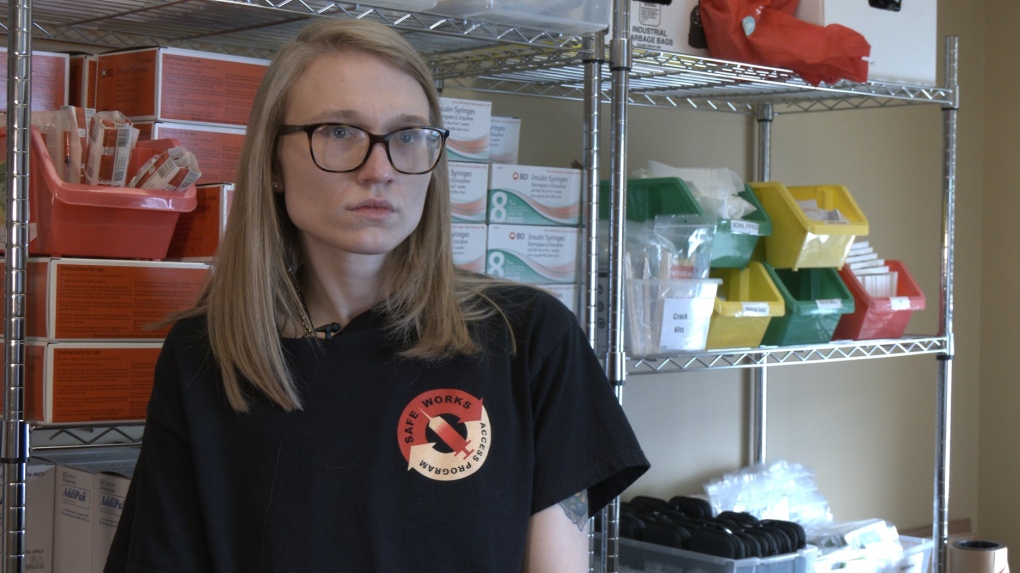The two police forces in Newfoundland and Labrador have both issued public warnings about increased availability of dangerous drugs following overdose deaths in the province.
The Royal Newfoundland Constabulary (RNC), the force responsible for policing services in the St. John’s area, said Monday that five “sudden” deaths had been reported to the force in the past week.
Four of those deaths were in the St. John’s area, while the fifth was in Labrador, where the RNC also provides policing services.
The exact cause of each of the deaths has not been confirmed, but police drew a link between the deaths and illicit drug use — warning that the deaths may have been caused by overdose.
“These deaths signal to RNC investigators, the possibility of an increase in the availability of illicit, dangerous, and potentially fatal drugs in our communities,” the police force wrote on its Facebook page.
“The RNC is reminding the public of the explicit dangers and life-threatening consequences of using non-regulated, non-prescription drugs.”
One drug that has now been confirmed to have arrived in the province is nitazine, a synthetic opioid that is said to be more potent and dangerous than fentanyl.
The drug has been blamed for an overdose death in December in the rural community of St. Anthony.
According to the RCMP, the victim of the overdose likely took the drug unknowingly. Authorities said the victim purchased the drug online, where it was advertised as Morphine.
A test at the Health Canada drug analysis service confirmed the presence of nitazine in the pills.
The increase in deaths is sad, but foreseeable, according to Emily Wadden, who manages a harm reduction program in St. John’s.
 Emily Wadden is a manager at Safe Works Access Program, a harm-reduction program that distributes sterile syringes, water, alcohol swabs and other harm-reduction supplies. (CTV)
Emily Wadden is a manager at Safe Works Access Program, a harm-reduction program that distributes sterile syringes, water, alcohol swabs and other harm-reduction supplies. (CTV)
She said issues with toxic drugs may have started on the west coast of Canada, but have now arrived in Newfoundland and Labrador.
“Unfortunately, the toxic drug supply, it’s going to get more toxic. Safe injection sites, or other programs that we have now, they’re only reactive solutions," she said.
“The only way to mitigate that is to give folks an alternative, be it through doctors or through whatever, but it would have to be a very accessible alternative.”
Wadden said stigma is partly responsible for many of the overdose deaths in the province, as many drug users fear shame and isolation when speaking to others about drug use.
She said stigma also stops policy makers from taking steps to make life safer for people dealing with drug addiction.
In a statement authored by Newfoundland and Labrador’s Departments of Justice and Public Safety and Health and Community Services, the provincial government wrote that it is considering “overdose prevention sites.”
“Our government is committed to working with community agencies to consider this option locally,” the statement read.





























